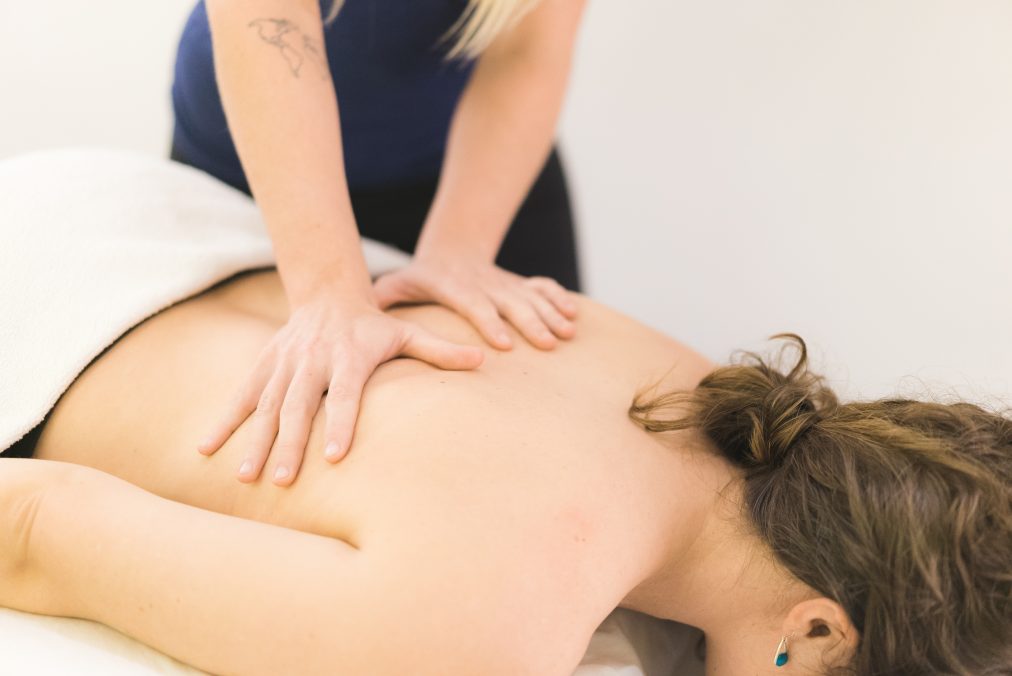Massage 102

Last time I blogged I wrote about the four basic principles of massage strokes:
- General to specific to general
- Superficial to deep to superficial
- Periphery to center to periphery
- Proximal to distal to proximal
This time I want to introduce to you some basic massage application techniques. Effleurage, Petrissage, Tapotement, Friction, and Vibration are the 5 basic techniques of Swedish massage. Swedish massage is the type of massage most people think of when you tell your friends “I have a massage at the spa later.” Usually your friends will get a little jealous and wish they were you for a quick second. For myself as an RMT, Swedish massage is done for 4 reasons: To improve circulation, to introduce the client to your touch, to start to move the soft tissue so I can start my deeper and more therapeutic techniques, and then when the deeper techniques are complete to flush out the tissue. When starting to apply Swedish massage always refer back to the four basic principles of massage and this will help you give a successful relaxing massage that your client will remember for weeks.
- Effleurage: These are the sliding Swedish massage techniques that cover different areas of the body. They are long sweeping strokes that alternate between firm and light pressure which can be performed using the palm of the hand or the fingertips. Used at the start of my massage to apply the lotion evenly and to introduce your pressure along with improve circulation in a more general way.
- Petrissage: This is the technique of kneading the muscles of the body to attain deeper massage. The palms fingertips and knuckles are used to knead the muscles of the body and to squeeze them to prepare them for the other even deeper techniques
- Tapotement or Rhythmic Tapping: This technique of Swedish massage, as the name suggests consists of rhythmic tapping that uses a fist, a cupped hand, ulnar board of the hand, or your fingertips. This helps to loosen and relax the muscles being manipulated but also helps stimulate them neurologically.
- Friction: This is used to bring more blood and heat to the muscles and skin. This technique can be used as a warm up for the muscles of the body to be treated with more therapeutic techniques.
- Vibration or Shaking: This is the one among Swedish massage techniques that helps to loosen up the muscles by using a back and forth action of the fingertips or the heel of the hand over the skin. The muscles of the body are shaken up to loosen and relax the muscles. The sides of the hand, and any part of the hand such as the finger tips or heel can be used to increase circulation and separate muscles from the underlying tissue.
Of course practice of these techniques needs to happen to be able to use them appropriately, utilization of the 4 basic principles of massage in combination with the techniques of Swedish massage you will give a successful relaxing massage. Next blog, Massage 200, I will take you into some more complex therapeutic applications of massage: Myofascial Release, Trigger Point Release, and Stretching.
Thanks for reading!
Adam Mullock, RMT
About twice a month our therapists will be posting answers to commonly asked questions. So, if you have a burning question that you want answered let us know in the comments below.
We can cover anything ranging from active rehabilitation, to injury prevention.
This week our featured therapist is Adam Mullock. To learn more about Adam check out our PhysioWorks team.


Leave a Reply